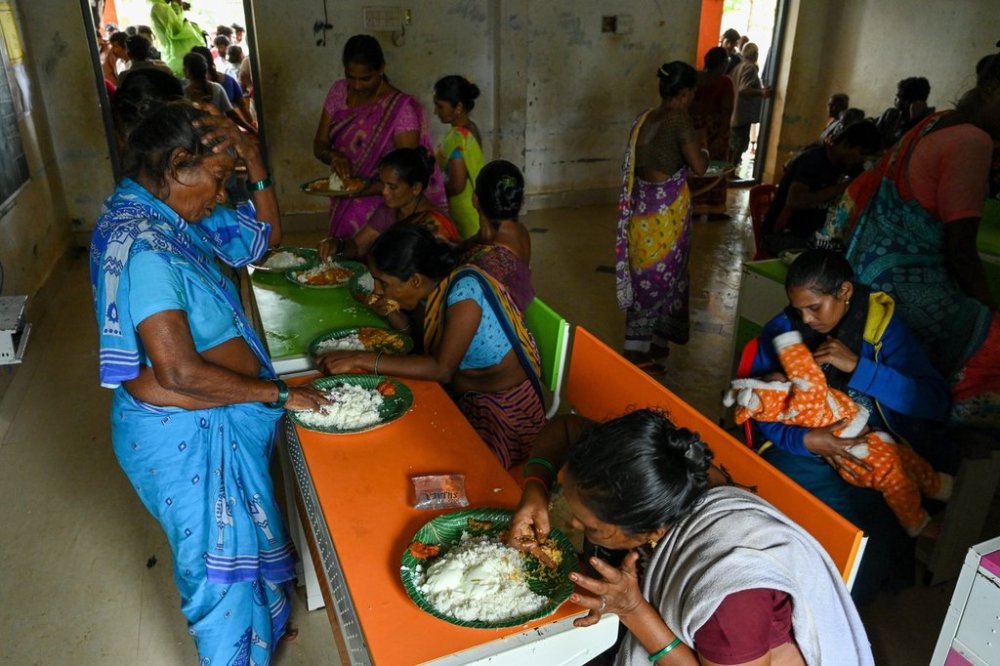Cyclone Montha weakens after battering India’s eastern coast with rain and wind
Advertisement
Read this article for free:
or
Already have an account? Log in here »
To continue reading, please subscribe:
Monthly Digital Subscription
$1 per week for 24 weeks*
- Enjoy unlimited reading on winnipegfreepress.com
- Read the E-Edition, our digital replica newspaper
- Access News Break, our award-winning app
- Play interactive puzzles
*Billed as $4.00 plus GST every four weeks. After 24 weeks, price increases to the regular rate of $19.00 plus GST every four weeks. Offer available to new and qualified returning subscribers only. Cancel any time.
Monthly Digital Subscription
$4.75/week*
- Enjoy unlimited reading on winnipegfreepress.com
- Read the E-Edition, our digital replica newspaper
- Access News Break, our award-winning app
- Play interactive puzzles
*Billed as $19 plus GST every four weeks. Cancel any time.
To continue reading, please subscribe:
Add Free Press access to your Brandon Sun subscription for only an additional
$1 for the first 4 weeks*
*Your next subscription payment will increase by $1.00 and you will be charged $16.99 plus GST for four weeks. After four weeks, your payment will increase to $23.99 plus GST every four weeks.
Read unlimited articles for free today:
or
Already have an account? Log in here »
NEW DELHI (AP) — Cyclone Montha was weakening Wednesday after battering India’s eastern cost with torrential rains and gusty winds as relief teams raced to restore power and clear debris across southern Andhra Pradesh and neighboring Odisha state.
The storm made landfall with top sustained winds of 100 kph (62 mph) late Tuesday night near the port city of Kakinada in Andhra Pradesh, uprooting trees, damaging roads and flooding low-lying villages before losing some strength as it moved inland.
The storm was likely to move northwest across coastal Andhra Pradesh and southern Telangana state as it weakened to a depression, the Indian Metrological Department said Wednesday. By early morning, the sustained winds had weakened to 83 kph (52 mph).

Montha, named by Thailand after a fragrant flower, also caused a storm surge of up to 10 feet (3 meters) in Kakinada and adjoining areas.
Authorities in Andhra Pradesh and Odisha did not immediately confirm deaths from the storm, though local media reported a woman died after a tree crashed onto her home.
Moderate to heavy rains were forecast in parts of Andhra Pradesh, Odisha, Telangana and Chhattisgarh states until Thursday.
Tens of thousands of people in low-lying areas of Andhra Pradesh and Odisha had evacuated to relief camps before the storm hit.
India’s disaster management agencies have improved preparedness for tropical cyclones in recent years with effective evacuation plans and early warning systems.
India’s eastern coasts have long been prone to cyclones, but the number of intense storms is increasing along the country’s coast. India’s deadliest cyclone season in recent years was in 2023, killing 523 people and causing an estimated $2.5 billion in damage.
Climate scientists say severe storms are becoming more frequent in South Asia. Global warming driven by planet-heating gases has caused them to become more extreme and unpredictable.

